by Ferne Arfin 30 June 2020
Hever Castle: Anne Boleyn’s childhood home is a year-round great day out
Hever Castle may be as much fanciful recreation as it is historic treasure, but William Waldorf Astor’s preservation of Anne Boleyn’s childhood home provides a relaxing and entertaining day out, close to London and the Channel ports.
Hever Castle in Kent is indelibly associated with the Tudors and, in particular, Henry VIII’s doomed second wife, Anne Boleyn, the mother of Queen Elizabeth I. The castle itself might have been doomed as well if not for the passion – and money – of an American expat, William Waldorf Astor. Astor, once the richest man in America, bought Hever in 1903 and devoted much of his fortune to restoring and recreating it. At the same time, he developed the estate as a family home and indulged his enthusiasm for English landscape gardening. The current owners, the Guthrie family (who acquired Hever from the Astors in 1983), continue to add to the estate, helping to create the greatest collection of Tudor portraits outside of the National Gallery.
Today, Hever is a clever combination of historic and contemporary attractions, less than an hour from London; an estate that seems to have something to entertain everyone.
I visited Hever Castle with two friends and two dogs (it’s dog-friendly) on a day in late August. When I set out to write this, I planned to plunge right into the history of the castle and its Tudor connections. But thinking about what a lovely, low-key day we’d had, I realized that the pleasure of visiting Hever comes from the many different elements of the estate – the gardens, the lake, the mazes, the cafes, the shops and the castle – all contained within a manageable-sized, easy to explore area.
The castle itself is only open for a few hours in the afternoon but the grounds and gardens open earlier. Plan to arrive early enough to explore at a leisurely pace.
Latest COVID-19 information
Hever Castle, a great place for a day out in a beautiful garden and fresh air, is opening for pre-booked, timed visits as follows:
- The Gardens opened on 1 June. Visits must be pre-booked by time of arrival to limit the number of people in the gardens at any one time. A new one-way system is in operation. Takeaway food and drink (cake, sandwiches, hot and cold drinks) is available from the Moat Cafe. Boating, archery and the Hever Shop are now all open.
- The Castle is scheduled to open on 4 July. Tickets can’t be booked in advance for the Castle as the number of people allowed in the building at any one time will be limited. Visitors to the gardens can apply for Castle tickets at the box office on arrival.
For complete information about opening under COVID-19 conditions, hygiene measures in place and requirements for visitors, read their FAQ page before visiting Hever.
A capsule history of Hever
A descendant of a Norman nobleman built the castle around 1270. Parts of the walled bailey and the original gatehouse of this ancient fortified house remain. Hever passed through the hands of several families of minor nobles and landed gentry, over several centuries, before Geoffrey Boleyn, Anne Boleyn’s grandfather, bought it in 1472.
Anne spent her childhood there before being sent to Europe to be educated and to serve as a lady in waiting to the Queen of France.
Later, after an abortive secret engagement to Henry Percy, the son of the Duke of Northumberland, she was banished from the court and returned to Hever, her family home. Henry VIII courted her there and sent her at least seven love letters, later discovered in the Vatican libraries.
Anne’s sad story is well known. Her romance and marriage to the king caused Henry’s divorce from Catherine of Aragon, his break with the church and the creation of the Church of England. Three years later, Anne became the first of his wives to lose her head. Some people believe she’s still around – her headless ghost haunting the corridors of Hever Castle.
She wasn’t the only Tudor queen linked to Hever. Anne of Cleves, Henry’s fourth wife, agreed to a divorce (resulting in a happier life and a more peaceful ending). She received several homes in her divorce settlement, Hever among them. It’s not known whether she spent any time there, but a letter she sent to Henry’s daughter, Queen Mary, suggests she did.
Over the years, at least 13 different families owned Hever. One of the owners before the Boleyns was Sir John Fastolf, believed to be the inspiration for the Shakespearean character Falstaff. Another was a distant relative of explorer Sir Ranulf Fiennes. The Waldegrave family, who occupied Hever during the 16th to 18th centuries, were secret Catholics during the reign of Elizabeth I when the religion was outlawed. One of their members spent the last years of his life locked in the Tower of London because of his religion. The small chapel they hid in the house can be seen behind the paneling in one of the rooms open to visitors.
By the end of the 19th century, the estate was let out to a series of tenant farmers. The castle, its walls soaked with historic secrets, romances, and tragedies, had fallen into ruin.
Enter William Waldorf Astor
William Waldorf Astor was an American multi-millionaire with an interest in history and gardening, a collection of classical Italian sculptures and a lot of money to spend. After a feud with his New York relations, he and his family decamped to England in the 1890s. He bought Cliveden in Buckinghamshire and built himself a neo-gothic mansion at Two Temple Place near London’s Victoria Embankment. In 1903, perhaps looking for a new project, he turned his attention to Hever Castle.
There, emulating the wealthy landowners of the 17th and 18th centuries, he embarked on a massive landscaping program to reshape the estate, employing the fashionable firm of Joseph Cheal and Son to turn a marshy area into showpiece gardens and a lake. What could not be restored in the castle was replaced by period pieces and panels collected from across Europe or recreated by craftsmen using antique methods and materials. He even insisted they use Tudor-period tools so that the reconstructions were as accurate as possible. The result is a persuasive representation of a Tudor and 17th century home; the reconstructions, restorations and original rooms and furnishings indistinguishable from each other.
Astor also directed the construction of what was known as the Tudor Village which was one of his family homes. These days, it’s a hotel and wedding venue.
The lake and gardens at Hever Castle
Click on images below for a full and accurate view.
One of the first things visitors encounter is the 38-acre lake at the far end of Astor’s Italian Garden. The scale of the operation to build it will give you an insight into what great wealth could buy in Britain in the years before World War II. It took 800 men two years to create the lake. Throughout the summer, rowboats, canoes, and pedaloes are available to rent on the lake and a mile-long lake walk around it offers changing views of the landscaping and the castle.
In all, between 1904 and 1908, 1,000 workers created 125 acres of gardens. At the head of the lake, a loggia and fountain (video below) were inspired by Rome’s Trevi Fountain. Behind this, the Italian Garden showcases Astor’s collection of Roman sculpture and antiquities, acquired during his three years in Rome as the U.S. Ambassador to Italy.
A Walled Rose Garden, also decorated with classical statues and columns, has 4,000 different varieties of roses. Visitors can also wander through a formal Tudor Garden, a Rhododendron Walk, Anne Boleyn’s Walk (an arbor of trees planted more than 100 years ago), a sunken garden, grottoes with water features and several smaller ponds. There’s a small yew maze near the house. A water maze on an island beside the lake was added by the current owners and its unpredictable water jets make it popular with children. Bring a towel.
The Castle
A double moat surrounds the castle. Astor restored the working drawbridge that crosses the inner moat. It takes visitors under a portcullis of latticed wood and iron that is original to the house and may be one of the oldest working examples in Britain. Rooms in the house spread across three floors, reached by wide staircases. Visitors who reach the rooms at the top (worth the effort to see Anne Boleyn’s personal prayer books), have to come down a narrow, stone spiral staircase with a rope handrail. But don’t worry. If like me you’re not comfortable coming down a 3-story stone spiral, just tell one of the attendants and they will escort you down the easy way. This route, by the way, takes you across the minstrels’ gallery for views not available to other visitors.
Highlights of the house include:
- The Tudor rooms including Anne Boleyn’s bedroom with a carved Tudor bed.
- Henry VIII’s bedchamber The King was believed to have stayed at Hever several times while wooing Anne. Much of the furniture in this room is recreated but the coffered ceiling is one of the oldest in the castle, dating from 1462 when the Boleyns owned it. The carved walnut frieze above the fireplace in this room was originally the front of a chest, circa 1505.
- The Long Gallery – This room was created to entertain guests and show off collections. It was used by Tudor women to take exercise in bad weather. The ceiling is a recreation of a Tudor original. The collection of Tudor portraits in this room is considered to be the best outside of Britain’s National Portrait Gallery. And a portrait of Richard III, whose defeat in the War of the Roses brough the Tudors to power, was added to the collection in 2019. The portrait, unveiled in early October, was privately owned and never before displayed in public.
- Anne Boleyn’s prayer books – One of the upstairs rooms is reserved for an exhibition of two rare books of hours – heavily illustrated prayer books – that belonged to Anne Boleyn and that she probably used for her daily prayer services. She annotated one with a message in her own hand asking readers to pray for her. Digital consoles, beside each of the books, enable visitors to “turn the pages” and see different illustrations and autographs.
The Ghost of Anne Boleyn
Anne Boleyn’s ghost is said to visit Hever around Christmas, her favorite time of year. Look for her in the gardens where she and Henry VIII courted, and on the bridge that crosses the River Eden in the grounds of the castle. A grimmer and spookier apparition of Anne is said to appear at Blickling House in Norfolk. Her headless ghost, in a coach driven by a headless coachman, and pulled by a team of headless horses, has been seen arriving on May 19, the anniversary of her beheading. She carries her head in her arms.
Inside Hever Castle
(Click lower right corner of images to scroll through pictures, read captions and enlarge)
During the COVID19 emergency, you can be an armchair visitor to Hever Castle with some terrific, short virtual tours hosted by Castle Supervisor, Dr Owen Emmerson.
There’s always something to do at Hever Castle
The current owners of Hever Castle, Broadland Properies, controlled by a Yorkshire family, the Guthries, have managed to turn Hever Castle into a successful business without damaging its character as an important historic landmark. Unlike another well known castle in the Midlands that’s run like a theme park by an entertainment group, Hever Castle’s various attractions and events seem to be in keeping with the general ambiance of the place.
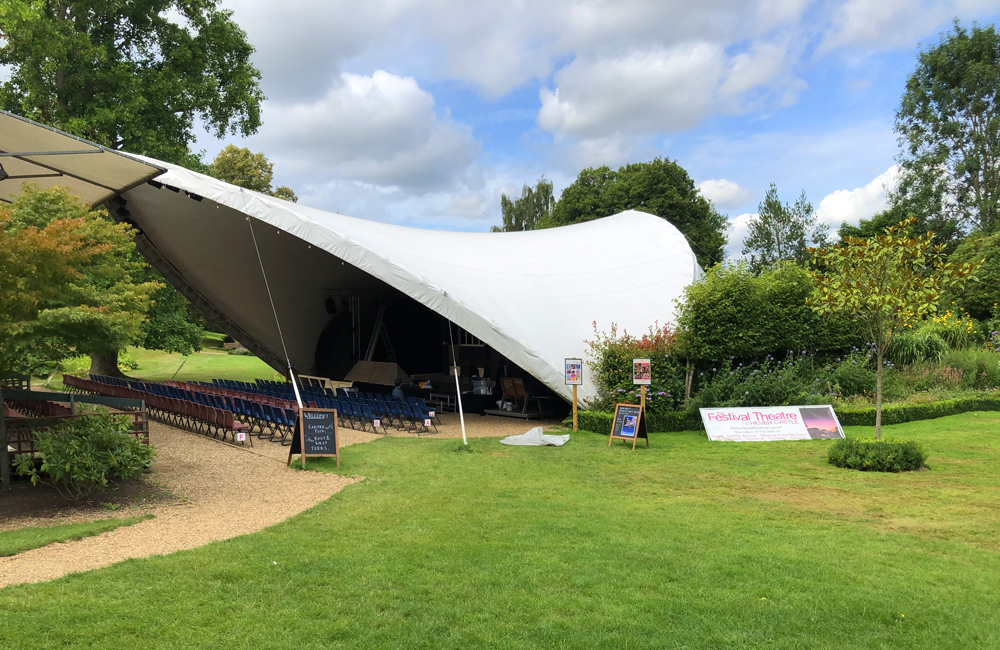
Hever Castle Festival Theatre
Throughout the summer a variety of evening performances are scheduled at the Hever Festival Theatre. Both amateur and professional artists and community groups stage concerts and plays under a canopy.
You can settle into a “Royal” box to watch Medieval knights joust on the castle’s dedicated jousting ground. Jousting tournaments take place weekends from late spring to early autumn. Younger visitors can dress up as knights themselves, try their skill at archery and paint knightly shields.
If you’re a sucker for great doll houses and models, stop in to see the estate’s miniature model houses. The collection of 1/12 scale models includes houses from the Medieval, Stuart, Georgian and Victorian periods.
To find out what’s happening when you plan to visit, check Hever Castle’s What’s On page.
Related story
You can actually stay on the Hever Castle estate. If you fancy that kind of stay, why not check out what the Landmark Trust’s fantasy stays in historic buildings.
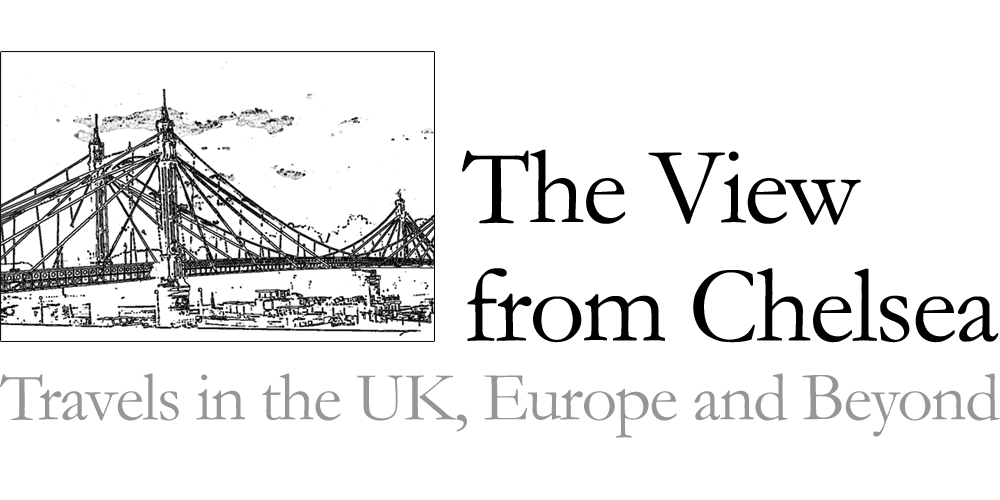
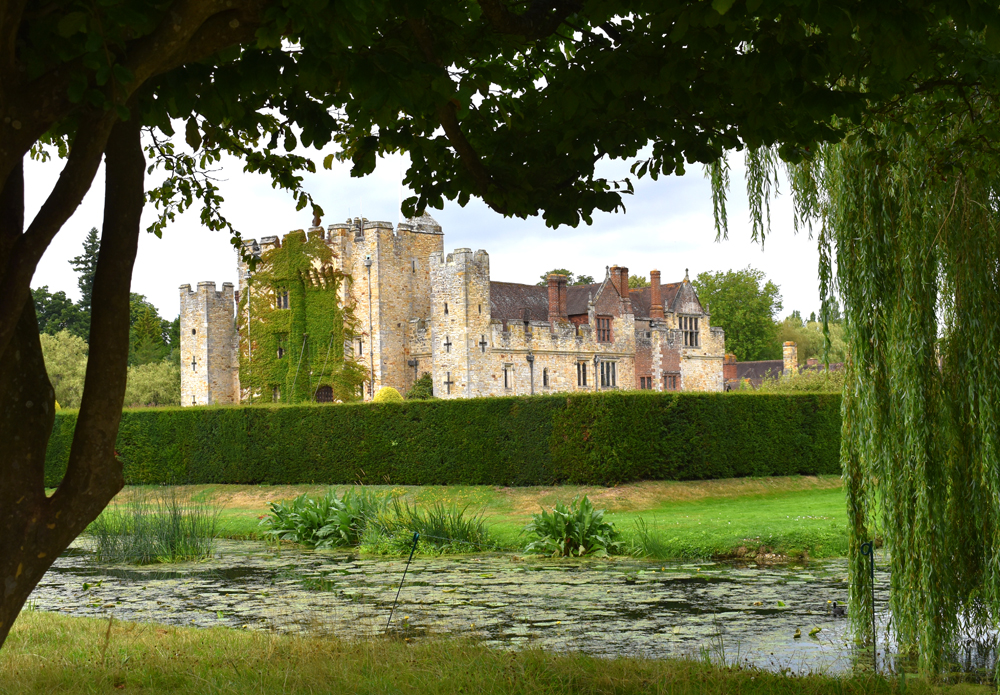

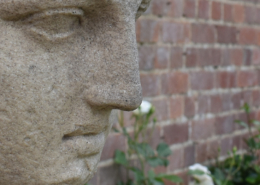

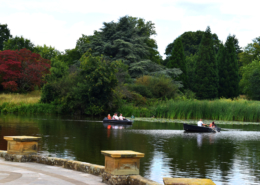

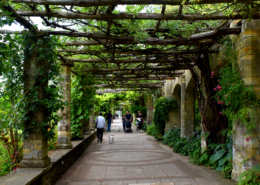

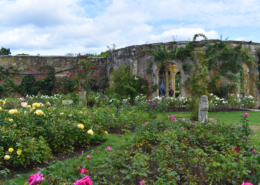

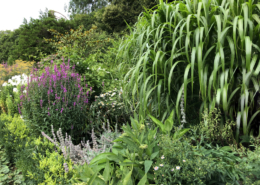
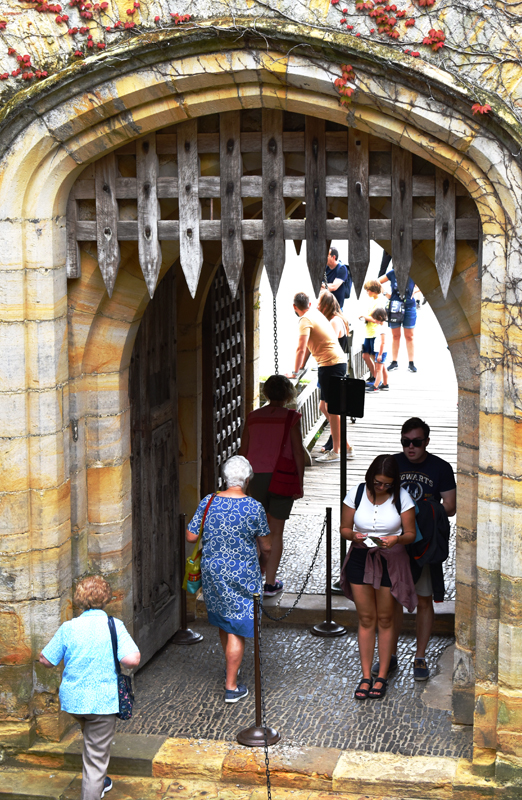
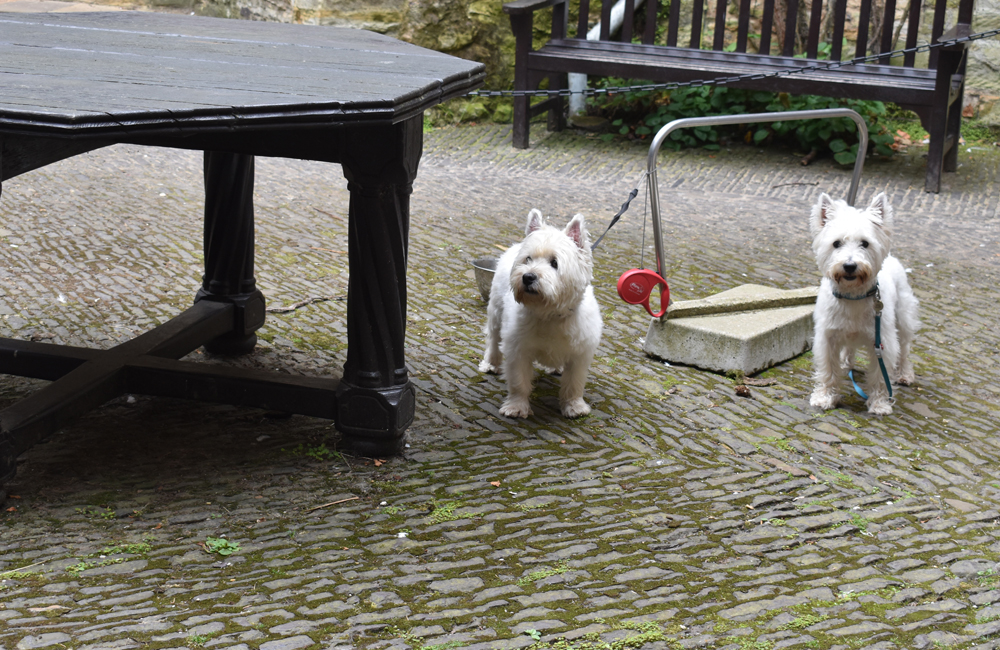
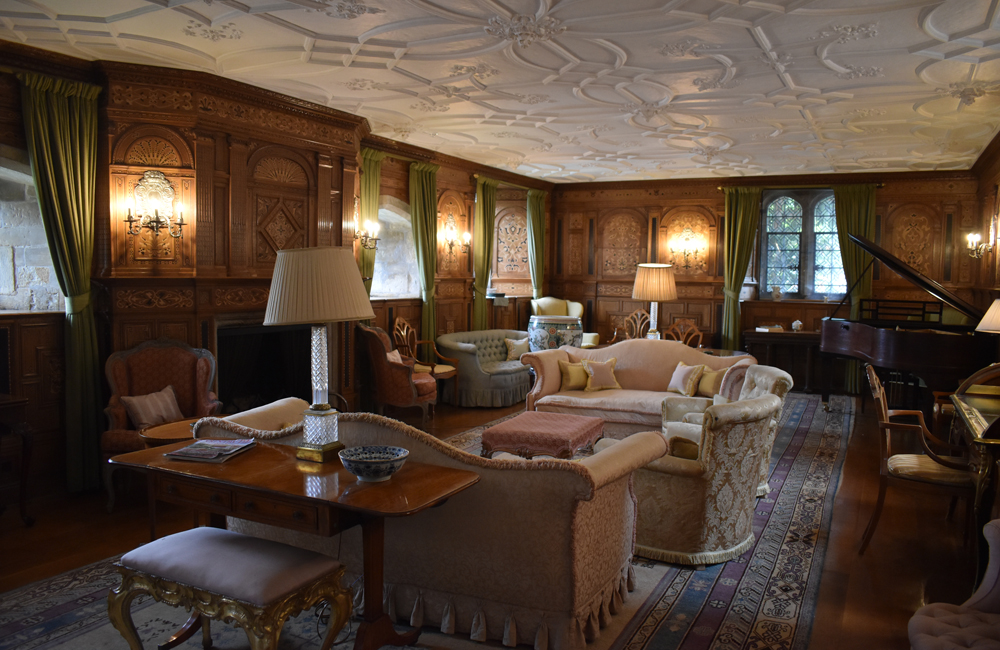
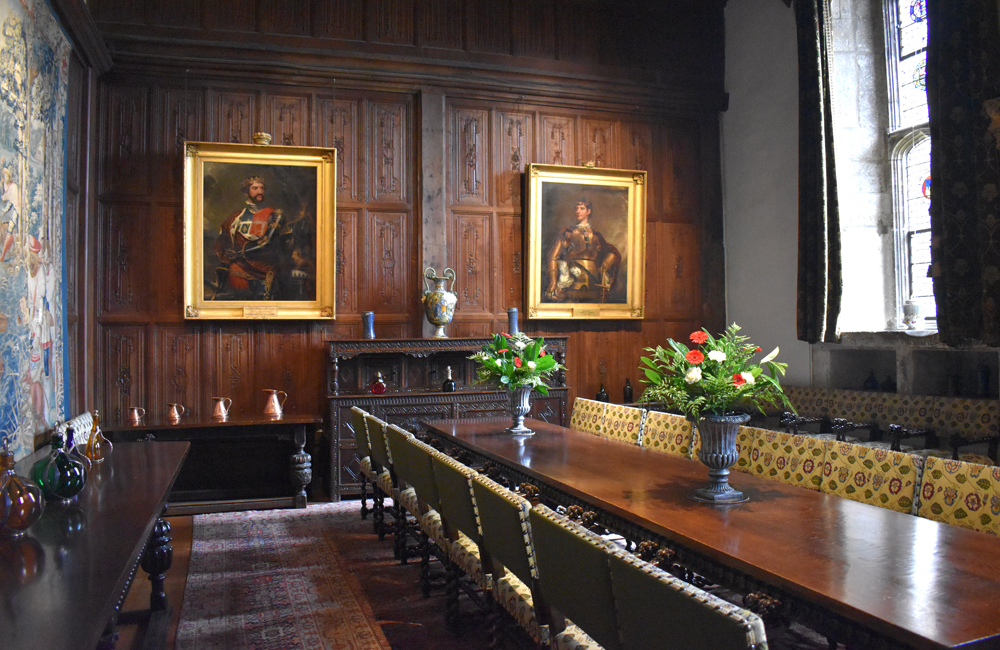
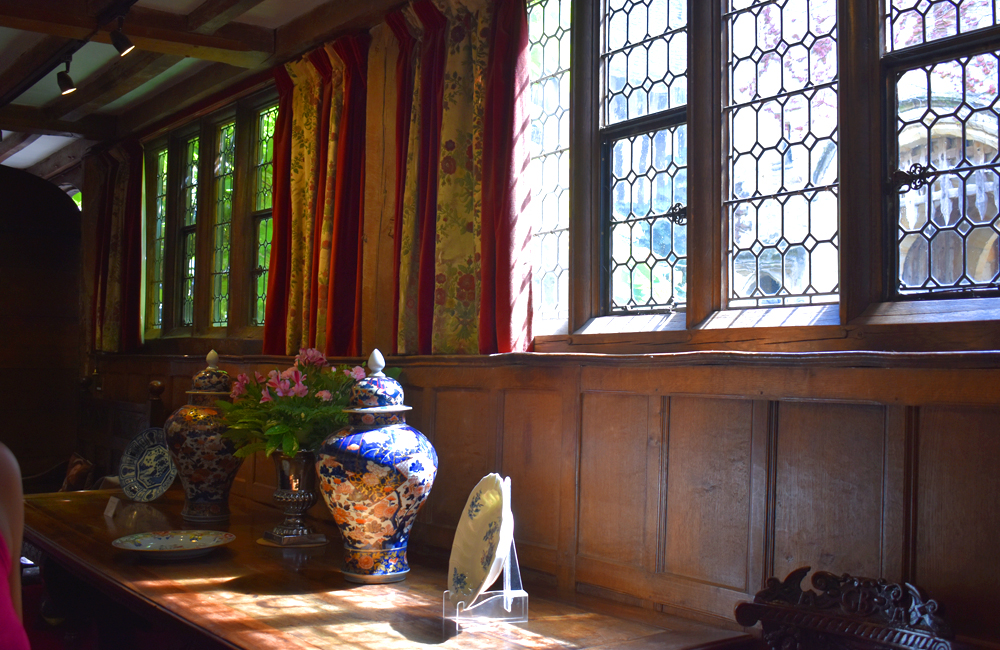

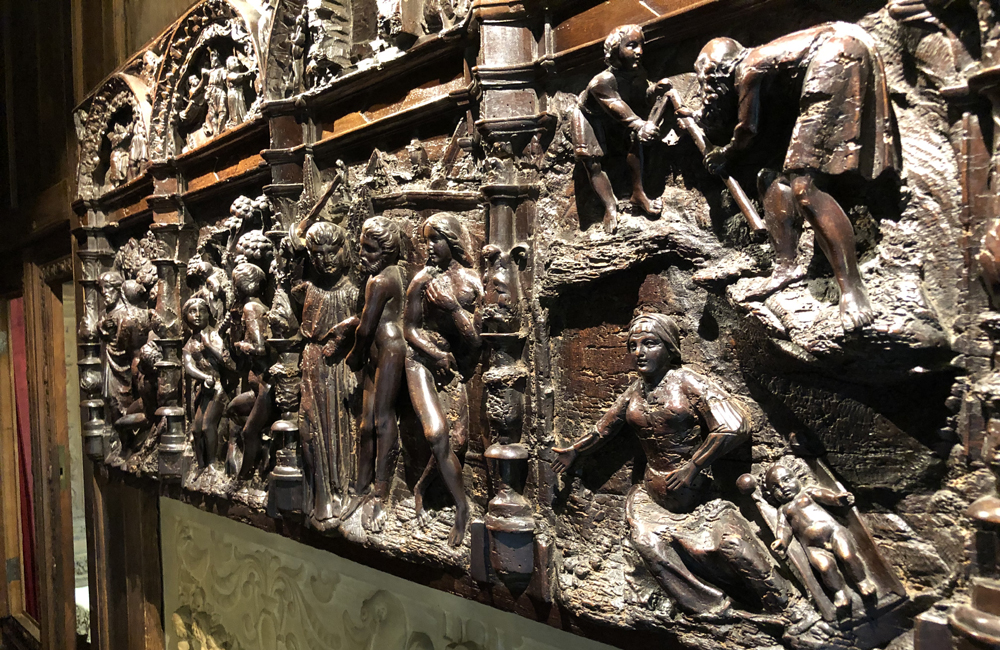
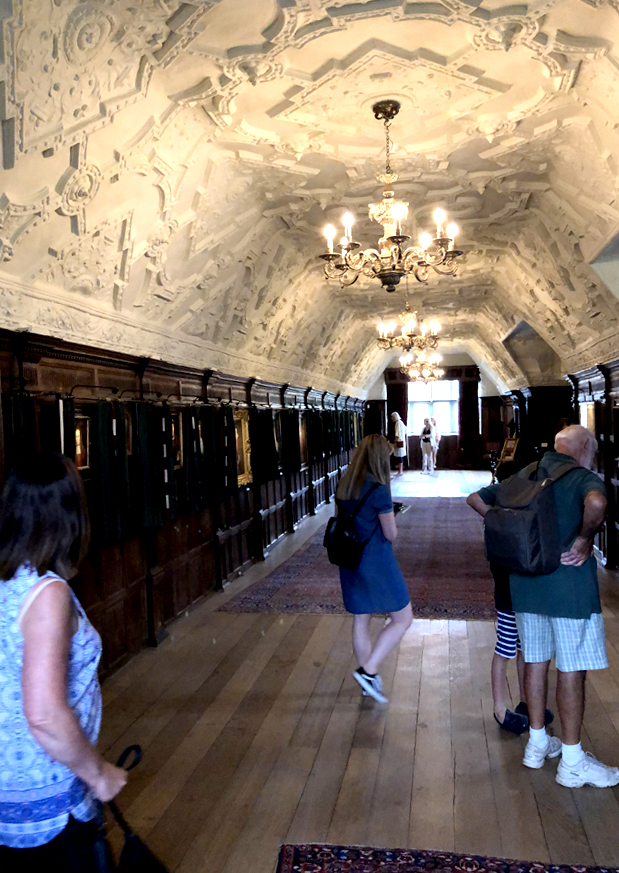
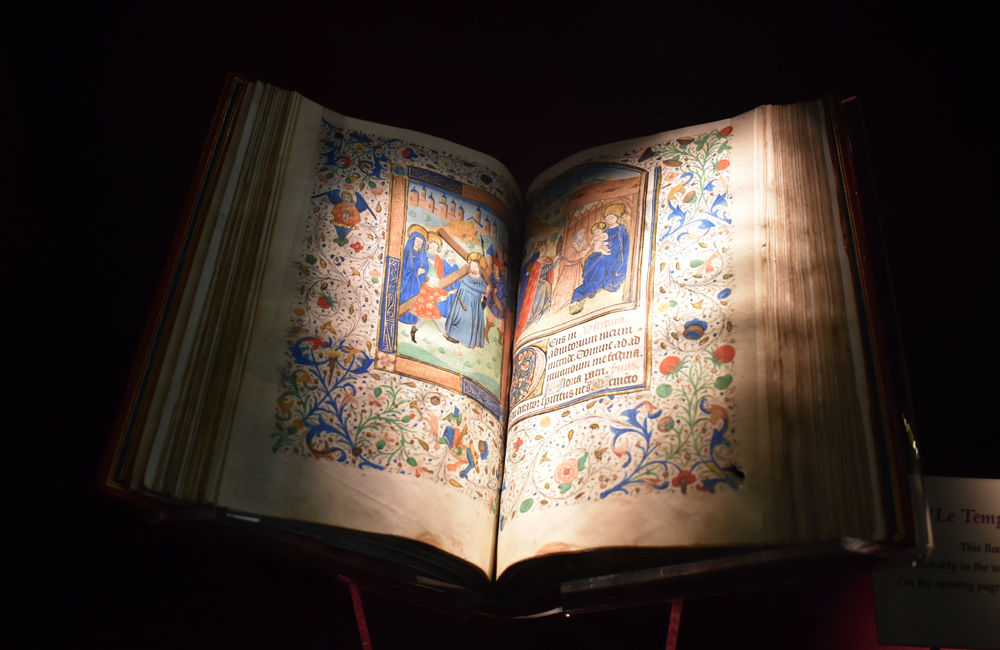
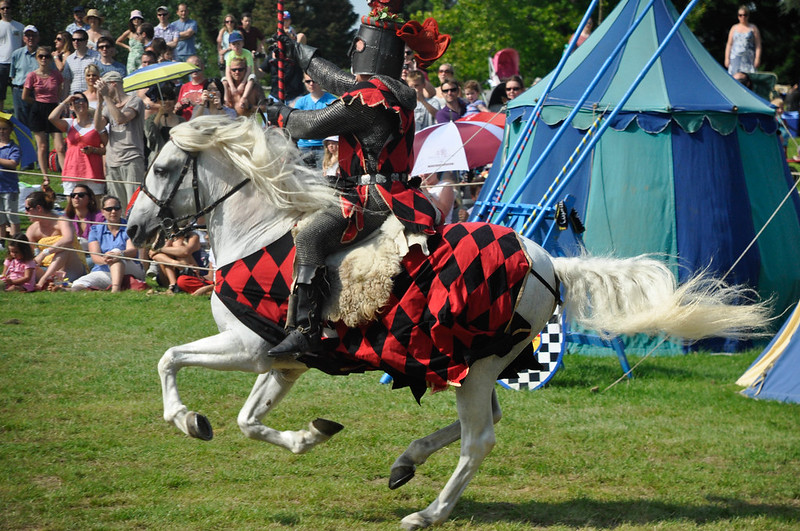
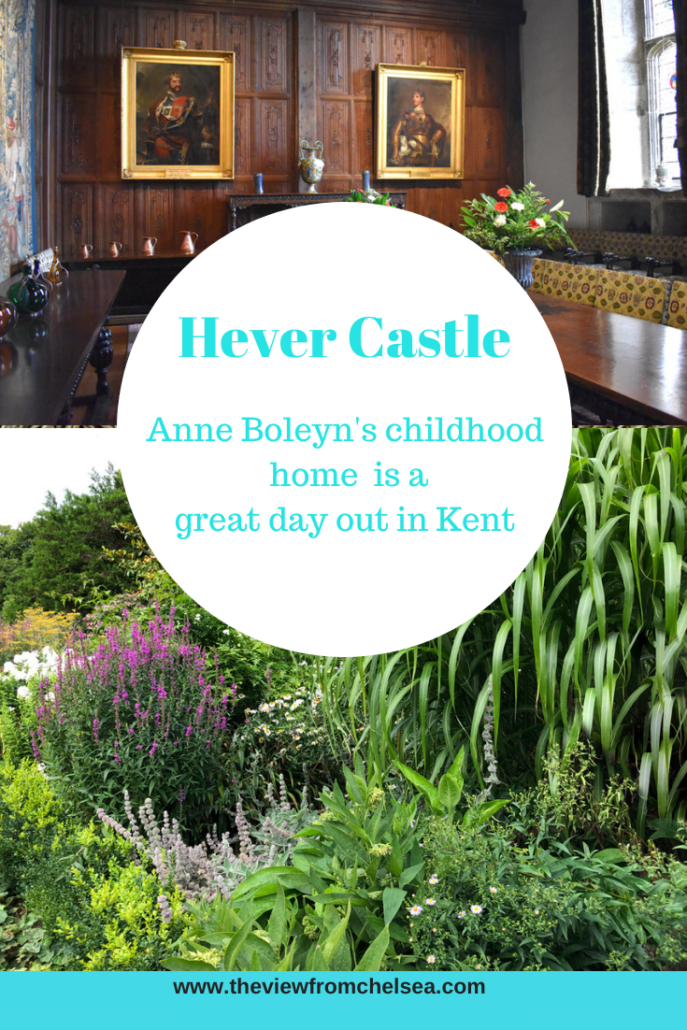


 Ferne Arfin 2019
Ferne Arfin 2019
A lovely read, Ferne. Your reviews always make me pine away for more time in London.
Glad you enjoyed it. Why not come visit again?
I had no idea about the Astor connection! It seems well worth a visit.
Definitely. Next time you’re down in London, make some time for the half hour train trip to Hever.
Unbelievable!!! I live literally 30 minutes away from Hever Castle from a year now. In the meantime, I’ve been traveling all over Europe but I haven’t actually discovered too much around me here in England…
I’m planning a visit soon to the castle, so I’m so grateful I’ve come through your article, as it was very helpful to get some insights!
Glad you enjoyed the information and found it useful. Do please have a look around The View from Chelsea and subscribe for more ideas about UK and European travel.
I’ve always been fascinated by the Tudors, so this is definitely somewhere I’d love to visit. It looks like a great place for a summer day out!
Definitely. Lovely place.
Hever Castle looks like a fascinating place to explore and learn more about. And I think I’d enjoy the gardens as much as the castle itself.